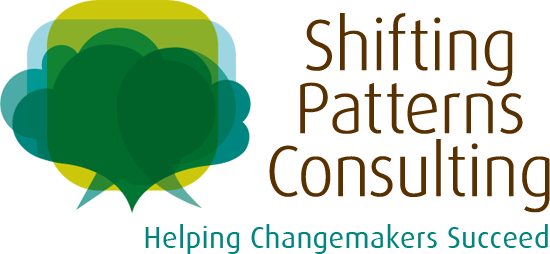credit: JDurham at Morguefile
Election Day is around the corner. Like most Americans, I’m not excited about this year’s crop of candidates. Unfortunately, when it comes to civic engagement, disengagement seems to be a norm among a population that is increasingly disenchanted with our government. I’m especially troubled by what appears to be a viral spread of apathy among Millennials who represent the newest generation of changemakers.
This was the topic of an event I recently attended in Washington, DC. “Still Bowling Alone: Trends in Millennial Political Participation and Engagement” that was co-hosted by Raise Your City, Impact Hub DC, and One DC. Inspired by Robert Putnam’s best-selling book, Bowling Alone about the linkage between declining social capital and increasing disengagement, this event explored the challenges the nation’s capital faces in engaging a Millennial population that is often challenged to identify with a city that has a higher cost of living and may serve as a pit stop in their careers.
As I listened to the views of local politicians and civil society activists, I was reminded that there are no spectators in a democracy. By this I mean that civic engagement is more than casting a vote during an election. It’s the actions we take everyday to create the kind of society we want. Whether it’s signing a petition, joining a march, or volunteering for a cause we believe in, our daily activities speak volumes about our values.
The same is true for other matters that impact our daily lives. Oftentimes when we hear the word “sustainability” we automatically think of the environment. While this is certainly true, there is more to this concept than how we go about inhabiting this planet. My own definition encompasses having a positive impact on society (sustaining our relationships with the people who matter) and earning a living (sustaining the ability to provide for ourselves and our families) in addition to the environment (sustaining the planet).
As the owner of a newly certified B Corporation, these multiple dimensions of sustainability are woven into the fabric of my company. As a consultant I work closely with changemakers, typically social enterprises and social justice organizations, to help them obtain funding and develop the people and process capabilities needed to achieve their social change goals. In essence, my work involves helping clients become financially and organizationally sustainable so that my services are no longer needed. Helping my clients become sustainable also prepares them to have a lasting positive impact on society whether it’s mobilizing a community to turnaround underperforming schools or promoting healthy fitness behaviors among people who do not have access to exercise facilities.
My effectiveness as a consultant also depends on having a sustainable business behind me. This means paying attention to the backend of my business by choosing vendors, such as a bank, an accountant, and an office supplier that walk the triple bottom line talk. One thing that is particularly troubling is the misalignment I often see between espoused values and actions. For example, it doesn’t seem fair or even make sense to work with an organization that helps disadvantaged women achieve self-sufficiency and then use some of the earnings from that assignment to purchase a product made by a company that exploits women. What is the net impact of my actions? Whose values am I ultimately supporting?
Profitability is also essential to sustainability. Failing to provide sufficient value to my clients makes it likely that my business will cease to exist. As a small business, it’s difficult to maintain socially and environmentally conscious values and minimize costs. One way this plays out is a willingness to pay a slightly higher price for a product that is sustainably produced. It also involves making a conscious effort to financially support other B Corps and keep informed about the practices of businesses that don’t already have this certification.
Perhaps one of the biggest challenges of applying a multi-dimensional approach to sustainability is questioning my assumptions. This is easier said than done since it involves making a conscious effort to consider the consequences of my actions before making a decision instead of being on autopilot. A good example is resisting the temptation to propose a solution before fully understanding the situation, which often leads to better communication and stronger working relationships with my clients. Most of all, applying a multi-dimensional approach to sustainability requires having a clear intention to consistently do right by my clients, the environment, and my company. That’s not to say that there isn’t room for improvement, especially as mistakes offer learning opportunities and new practices are developed that evolve into higher standards for sustainability.
If your organization is already using similar sustainability practices perhaps it’s time to consider them from a broader perspective. Challenge yourself to come up with new and better ways of applying sustainability practices within and outside the workplace. If you’re not already doing so, I encourage you to start giving it a try. Let me know what you learn from this experience and if there are new ideas that you come up with.
It’s been said that we get the government that we deserve. The same applies to changemakers—when our values and actions are closely aligned we’re more likely to get the results that match our intentions.
This post was published by CSRwire on October 28, 2014.

